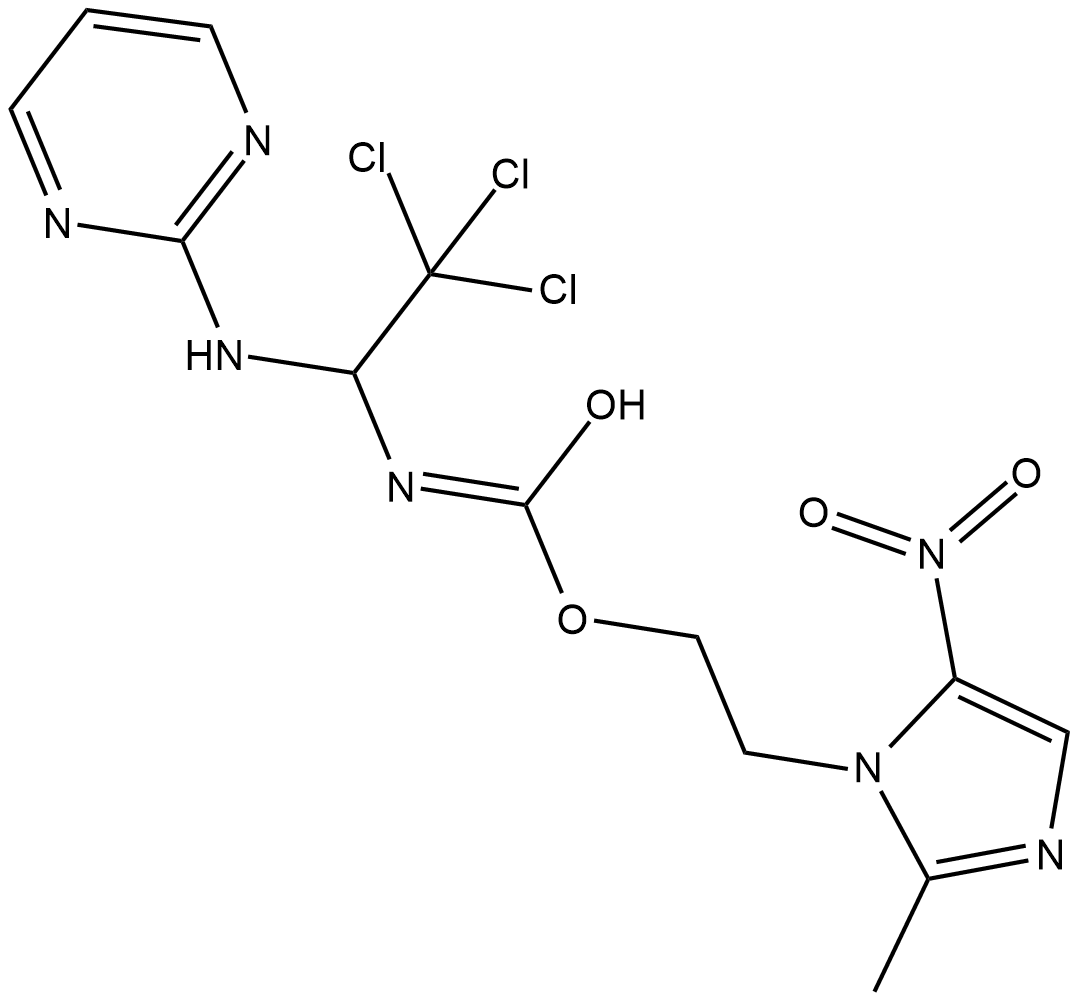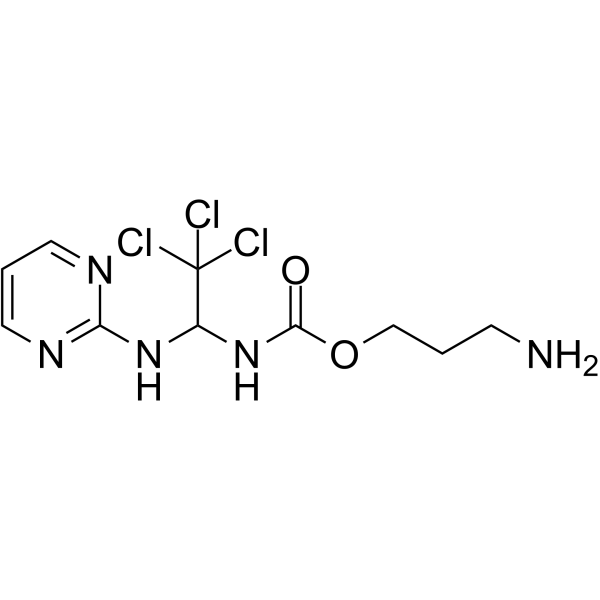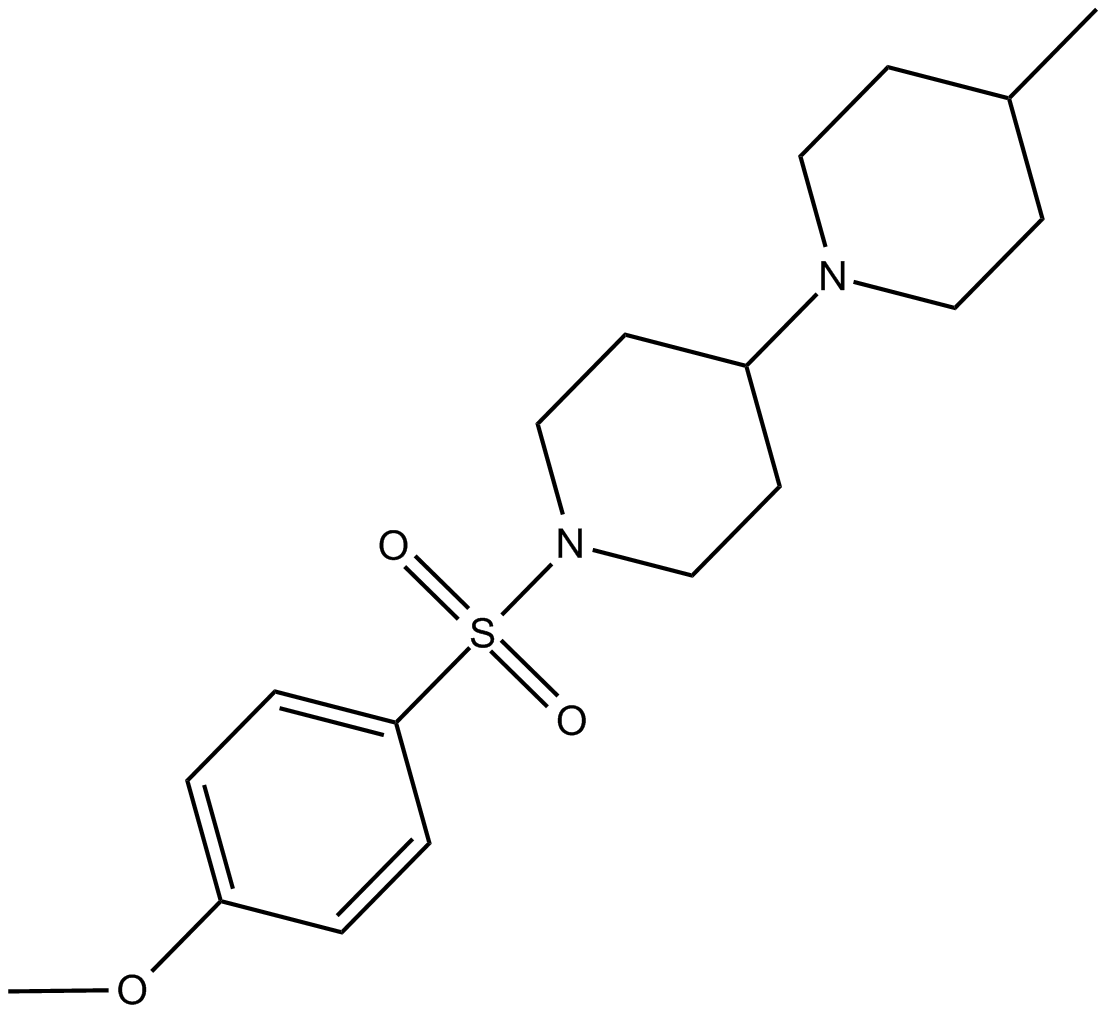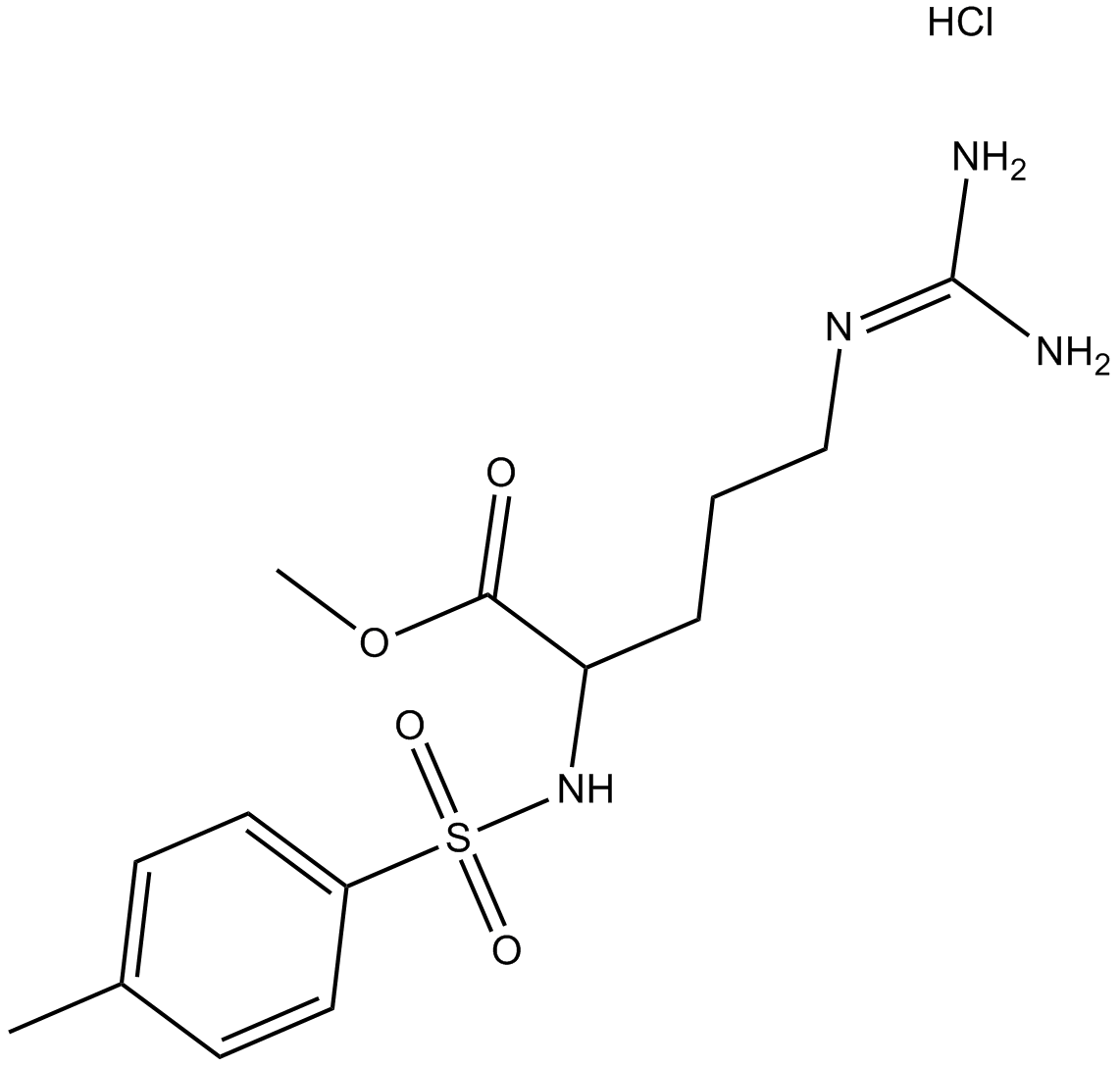APC
APC (Anaphase-Promoting Complex) is an E3 ubiquitin ligase that marks target cell cycle proteins for degradation by the 26S proteasome. The APC/C is a large complex of 11–13 subunit proteins, including a cullin (Apc2) and RING (Apc11) subunit much like SCF. The APC/C's main function is to trigger the transition from metaphase to anaphase by tagging specific proteins for degradation. The two proteins of most importance that get degraded in this process as substrates of the APC/C are securin and S and M cyclins. Securin releases separase, a protease, after being degraded which in turn triggers the cleavage of cohesin, the protein complex that binds sister chromatids together. During metaphase, sister chromatids are linked by intact cohesin complexes. When securin undergoes ubiquitination by the APC/C and releases separase, which degrades cohesin, sister chromatids become free to move to opposite poles for anaphase. The APC/C also targets the mitotic cyclins for degradation, resulting in the inactivation of M-CdK (mitotic cyclin-dependent kinase) complexes, promoting exit from mitosis and cytokinesis.
Products for APC
- Cat.No. Product Name Information
-
GC18518
Apcin
Apcin is an inhibitor of the E3 ligase activity of the mitotic anaphase-promoting complex/cyclosome (APC/C).

-
GC62419
Apcin-A
Apcin-A, an Apcin derivative, is an anaphase-promoting complex (APC) inhibitor. Apcin-A interacts strongly with Cdc20, and inhibits the ubiquitination of Cdc20 substrates. Apcin-A can be used to synthesize the PROTAC CP5V.

-
GC17778
TAME
APC (Anaphase-promoting complex/cyclosome) inhibitor

-
GC11469
TASIN-1
inhibitor of mutant adenomatous polyposis coli (APC)

-
GA11219
Tos-Arg-OMe·HCl



